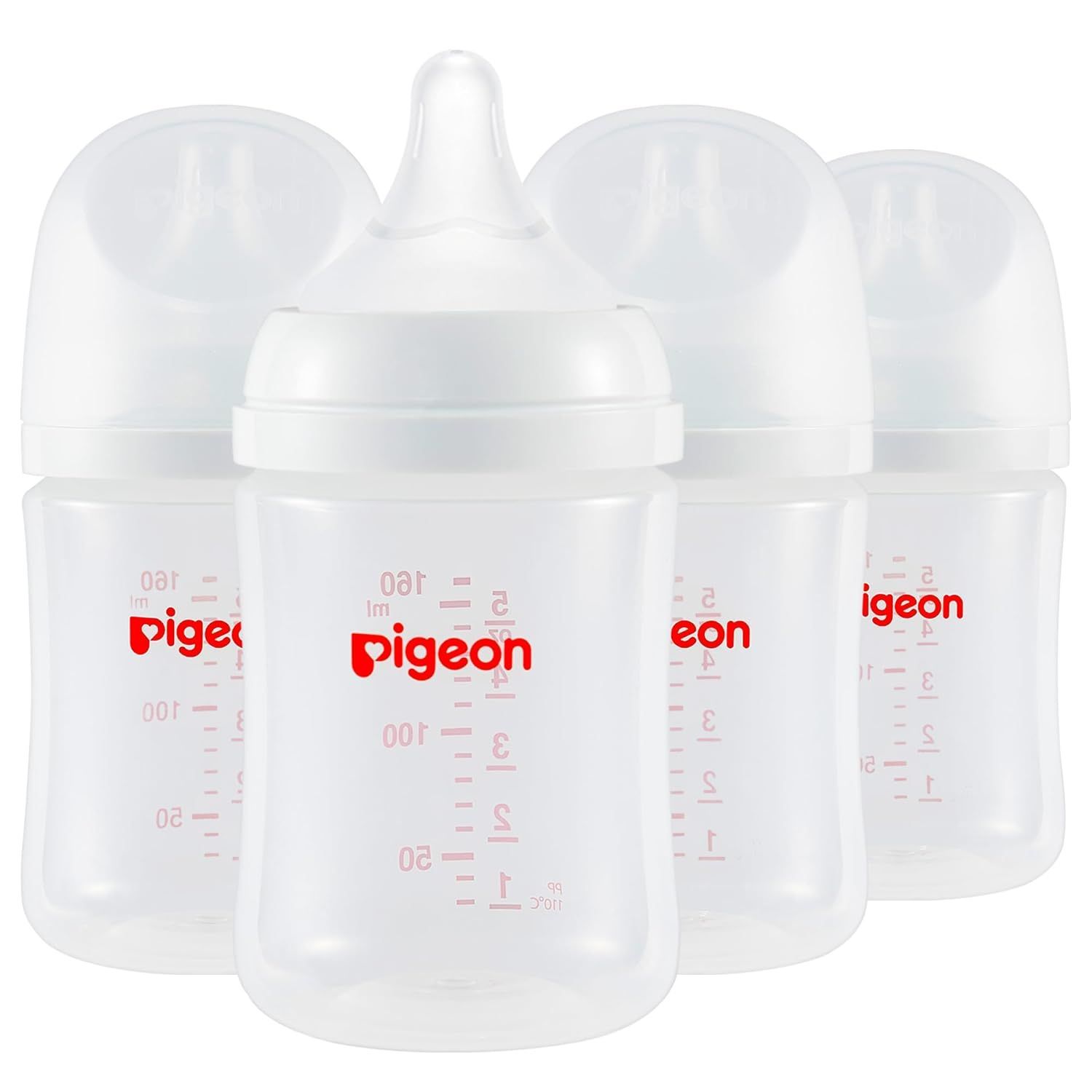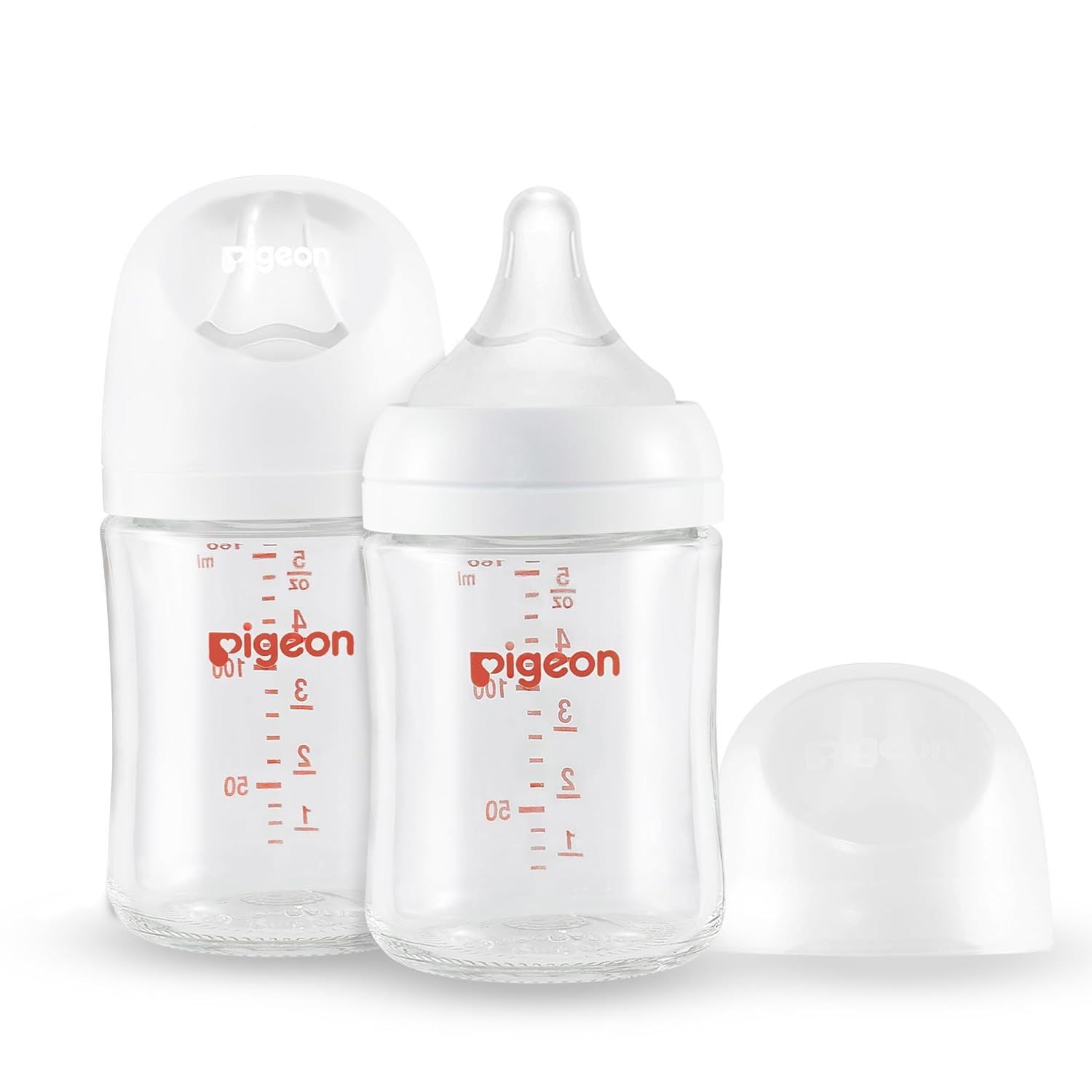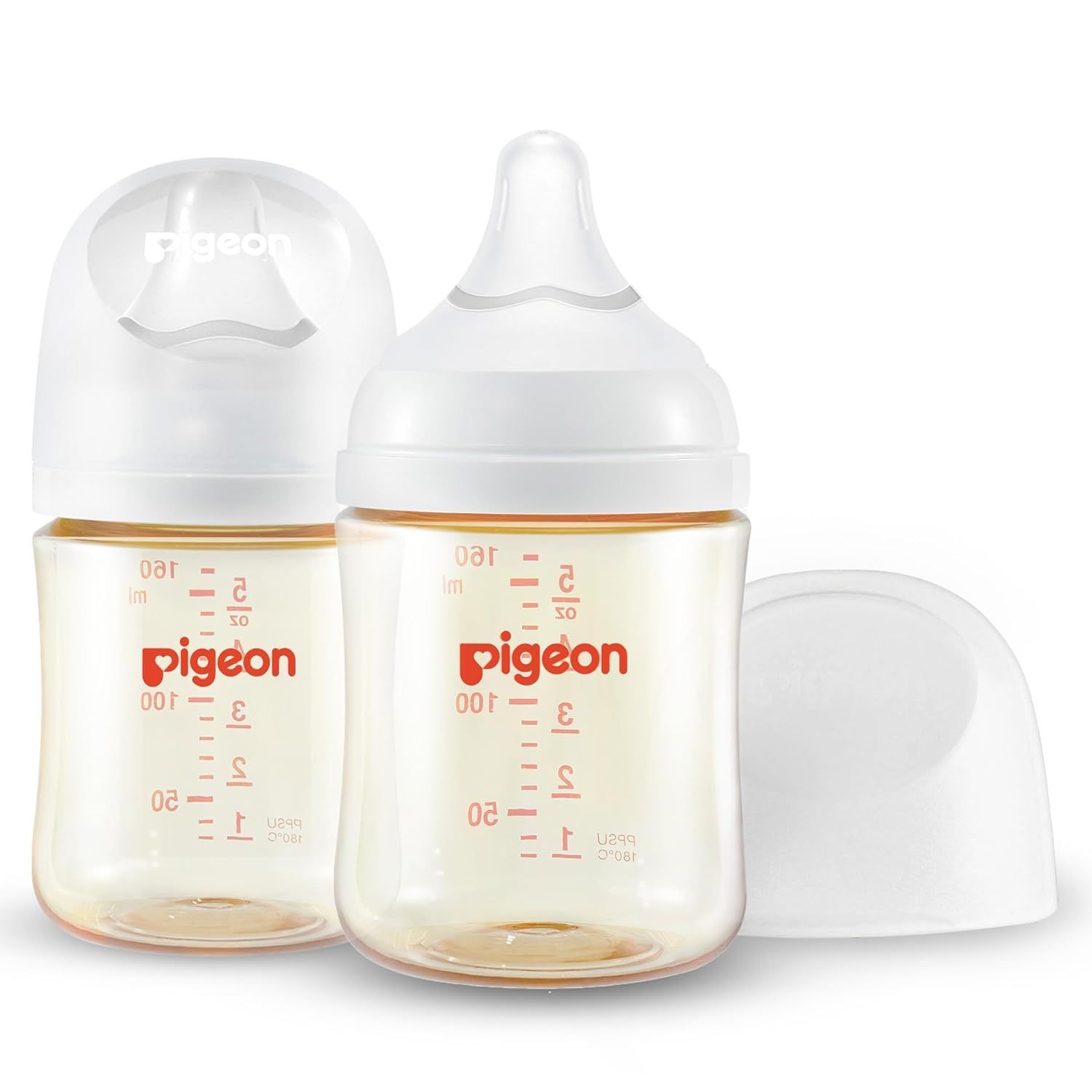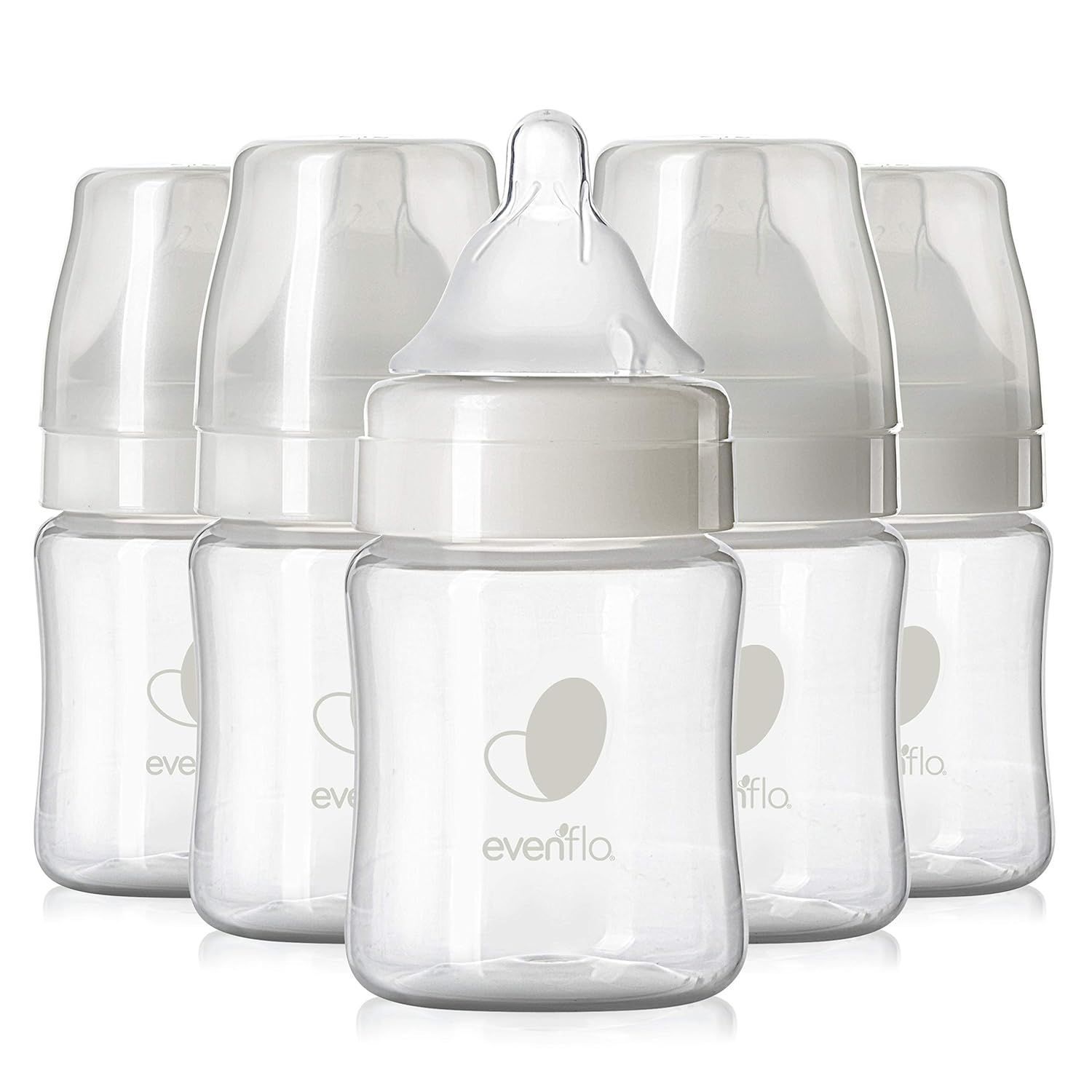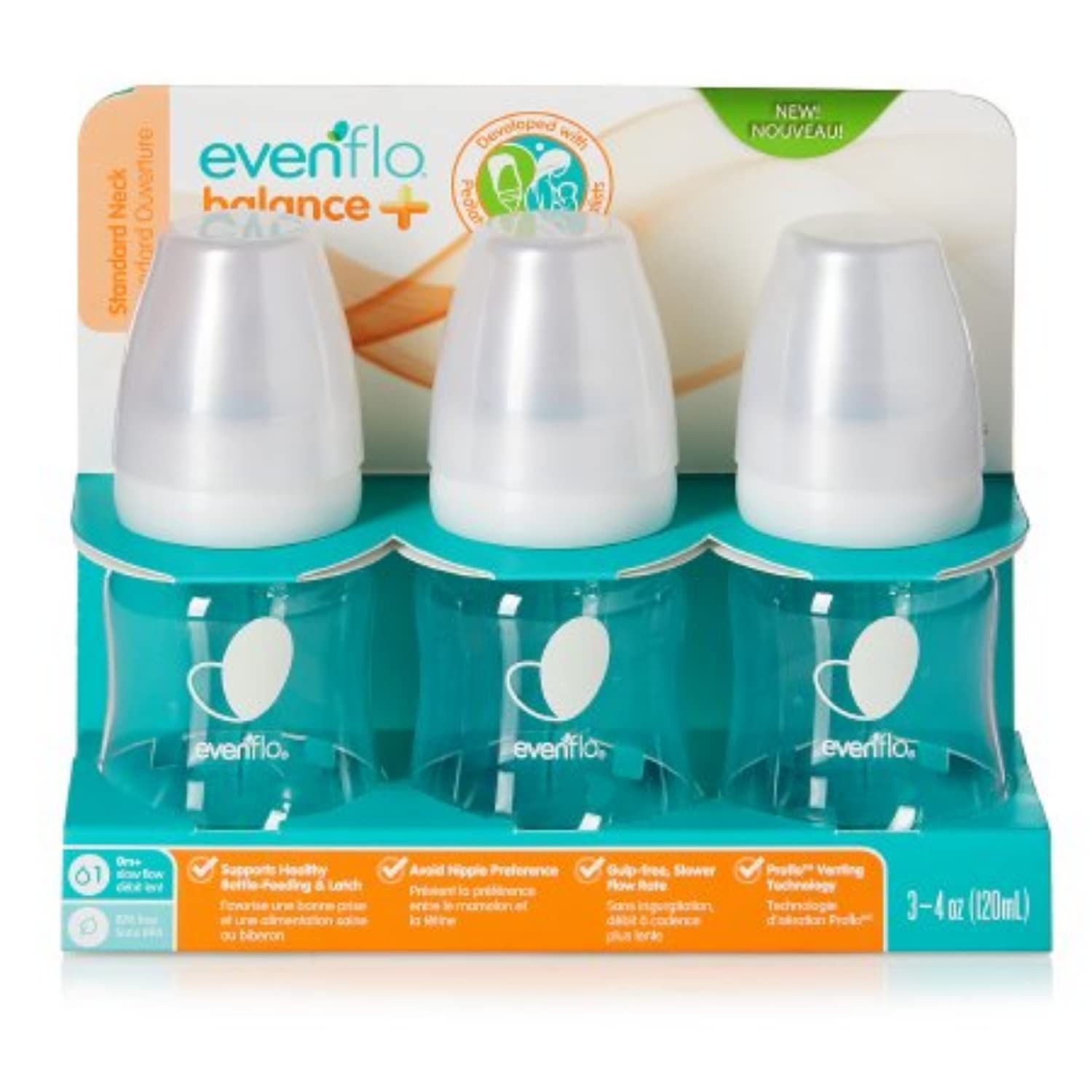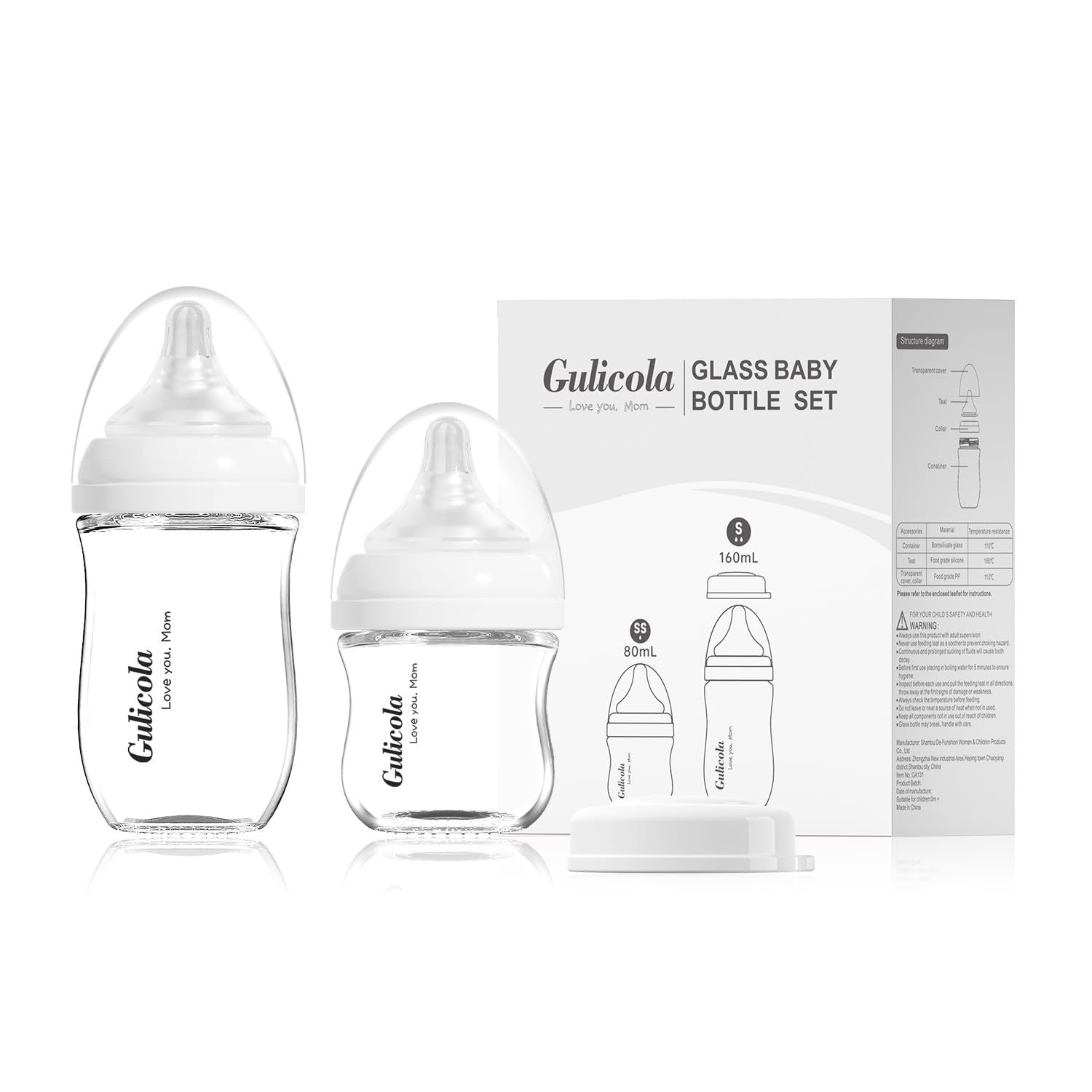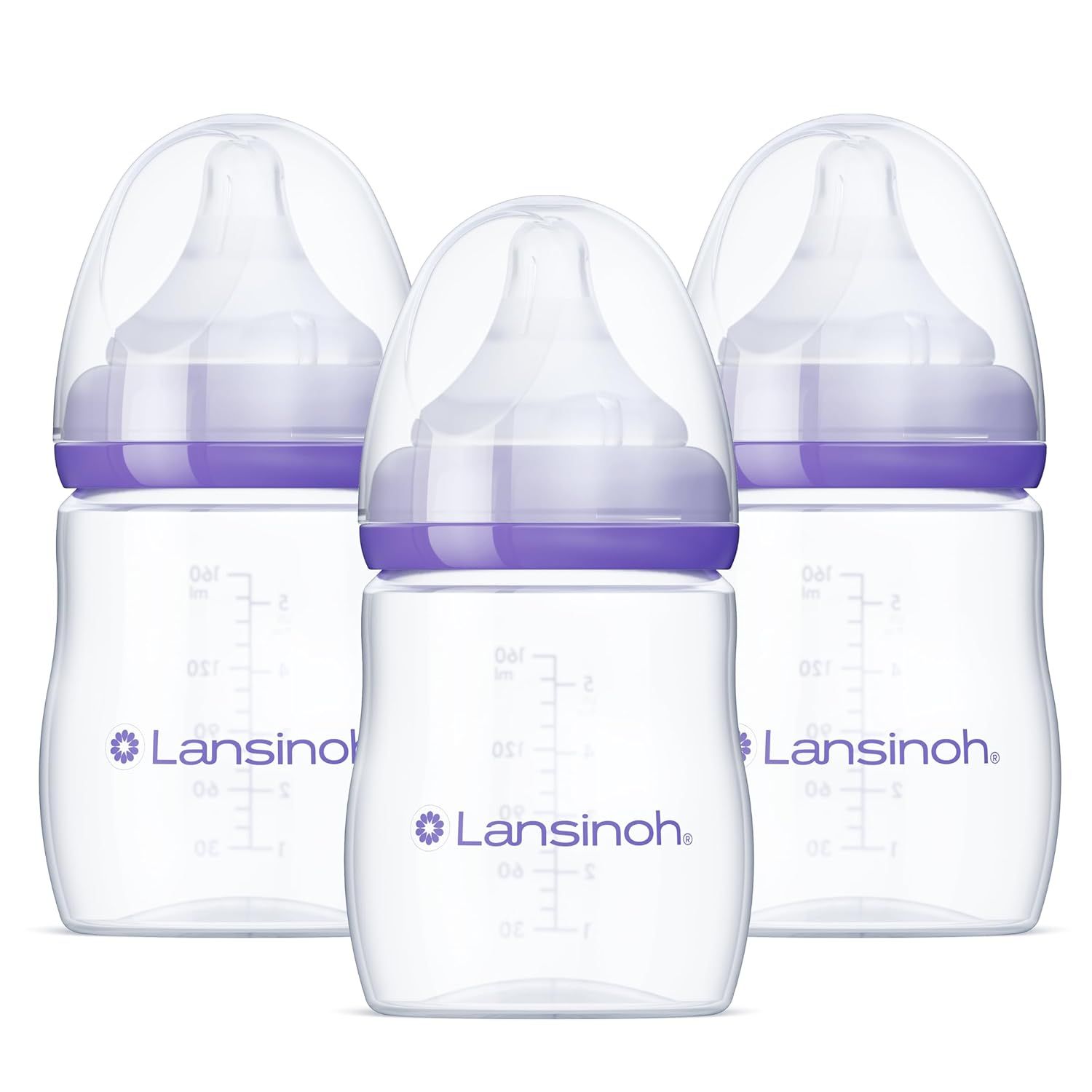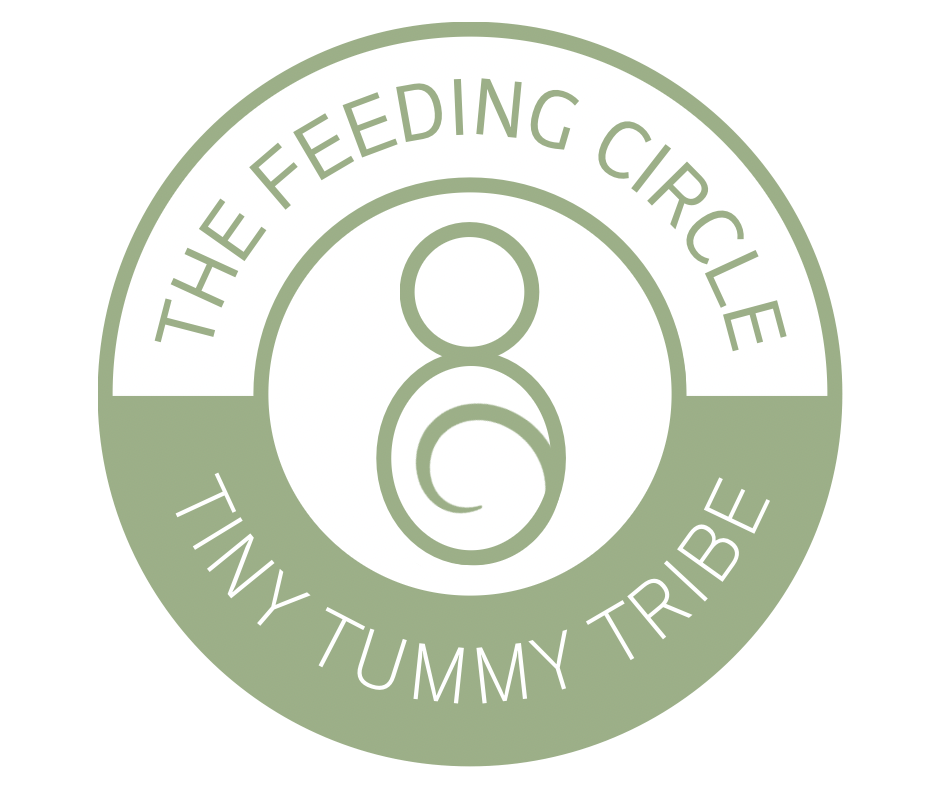The Best Bottles for Babies: A Lactation Consultant's Guide
Transitioning between feeding at the breast/chest and bottle feeding can be a challenging journey for many parents. It's crucial to choose the right shaped bottle nipple to support your baby's oral development and ease this transition. Here’s a guide on some of the best bottle nipple shapes to consider, along with what to avoid.

Why Bottle Choice Matters
It’s not the bottle as much as it’s the shape of the nipple that is essential for your baby’s oral development. A well-designed bottle nipple can help a baby maintain eating well at the breast/chest and from a bottle and ease the transition between both forms of feeding and support healthy oral development. Another important aspect is how the bottle is fed to the baby. One of the most optimal is a side lying, head elevated, paced bottle feeding technique where the baby is in control of the feed and not in a gravity feeding position where the baby is forced to swallow in order not to choke. The flow rate is another important aspect of bottle feeding. More on these topics later.You will note that most bottles we recommend are 4oz or 5oz, that is because a breast/chest milk fed babies will probably not need an 8oz bottle. The size of the bottle also allows for a laid back positioning of the parent or feeder to be able to comfortably hold the bottle between the baby and their body. Now let’s talk about some top bottles and nipples we like to use in our practice.
Our Recommendations
The Pigeon is our favorite bottle/nipple to recommend, it offers a choice of materials to suit your preferences. It comes in plastic and glass options. Each bottle features a sloped shape, silicone nipple that is designed to support oral development skills and promote a WIDE latch. It has a latch line "guide" marker which makes it an excellent choice for knowing how far the nipple should go into your baby's mouth.
The Evenflo Balance+ in both WIDE and STANDARD is another great option, it also allows for optimal oral development and easier transition between breast/chest and bottle. If you prefer a glass bottle we recommend purchasing the glass bottle option (see picture below) and then purchasing the Evenflo Balance standard size nipples separately to replace the nipples that come with the glass bottles, as they are not optimally shaped. The standard size nipple is a great option for a smaller mouth.
Evenflo Balance Wide Neck
Amazon LinkEvenflo Balance Standard Neck
Amazon linkEvenflo glass bottle
Amazon linkEvenflo Balance standard nipples
Amazon linkOther Excellent options include Quark, Gulicola, Numvim and Lansinoh. Dr. Brown's Narrow Nipple Bottle (Size T and Size 1 nipples with 4 oz Bottles) Dr. Brown's nipples are good for premature babies and those that need a VERY consistent flow rate.
Nipples to Avoid
When selecting a bottle for your baby, it's equally important to be aware of nipples that hinder proper oral development and feeding habits.
Flat, Orthodontic or straw shaped Nipples
- The bottle nipples pictured above are nipples we rarely if ever recommend because they can disrupt the natural sucking pattern and may not provide the same support as sloped shape nipples.
- They can encourage a shallow latch like sucking from a straw rather than wipe mouth latch, which can cause problems for the parent when they baby latches at breast, not to mention can effect oral development.
Fast flow nipples:
- The slowest flow is usually the best for a baby that is feeding both at breast and from a bottle. We mostly advise parents to feed with the slowest flow rate nipple. Occasionally we may need to use faster flow rate, but this is not standard practice.
- Fast flow rate nipples can cause your baby to gulp, increasing the risk of choking and may lead to improper feeding techniques.
- You have probably heard the term “nipple confusion”, but this is an inaccurate term, babies are smart and learn quickly. They develop a flow preference because it’s easier to drink from a fast flow nipple and just swallow rather than use the tongue, mouth and jaw muscles to suck from a bottle or breast.
- Faster flow nipples can lead to overfeeding. Which brings me to the very important aspect of how to hold and position a baby when feeding a bottle.
Benefits of the Side-Lying, Head Elevated, Paced Bottle Feeding Technique.
- This technique encourages babies to feed at their own pace, similar to how they would breastfeed. Research suggests that this can lead to better self-regulation of intake and may help prevent overfeeding. The optimal feeding rate is around 5 – 8 minutes per ounce of milk dependent on baby’s age.
- By keeping the baby’s head elevated, you reduce the risk of milk entering the airway, which is particularly important for babies with feeding difficulties or reflux.
- Feeding in a side-lying position can promote closeness and skin-to-skin contact, enhancing the bonding experience between caregiver and baby.
- The side-lying position, combined with paced bottle feeding, allows the baby to have control over the flow of milk, similar to breastfeeding, which can help maintain breastfeeding skills and preferences.
- Babies fed using this method tend to show fewer signs of distress and discomfort during and after feeding, leading to a more satisfying experience for both the baby and the caregiver
Baby Positioning
- If your baby is a newborn, you can lay the baby on their side, with ear , shoulder and hip in alignment, on your lap. The baby's bottom at your stomach and head towards your knees, the head should be slightly elevated.
- When baby is older you can position yourself in a laid back position with baby on their side on your chest/ tummy.
- Ensure the baby’s neck is in a neutral position, not twisted or overly flexed.
- Support the baby's back and base of head with your hand or your arm to help maintain this position. The baby’s hips and knees should be slightly bent to maintain comfort.
Bottle Positioning
- Hold the bottle horizontally or at a slight angle. This helps to mimic the way a breast works, allowing the baby to suck, swallow, and breathe in a coordinated manner. The nipple should be filled with milk.
- Encourage the baby to initiate the latch by bringing the bottle nipple to their top lip. You want to wait for the baby to open their mouth wipe to latch on.
- Don’t force or push the nipple into the baby’s mouth. This helps the baby understand that they can control the feed.
- Allow for pauses during feeding to enable the baby to take breaks, just like they would at the breast.
- Frequent burping should also be part of the feeding process to help prevent discomfort.
In summary, the side-lying, head-elevated, paced bottle feeding technique along with the use of the correct shape and flow rate nipple is an excellent way to enhance the feeding experience but also contributes to the overall well-being of the baby. If you have any more questions or need more information on feeding and lactation support, be sure to contact us. Your bottle feeding or combination feeding journey can be smooth and successful with the right tools!

